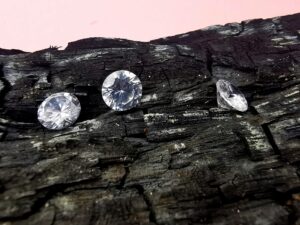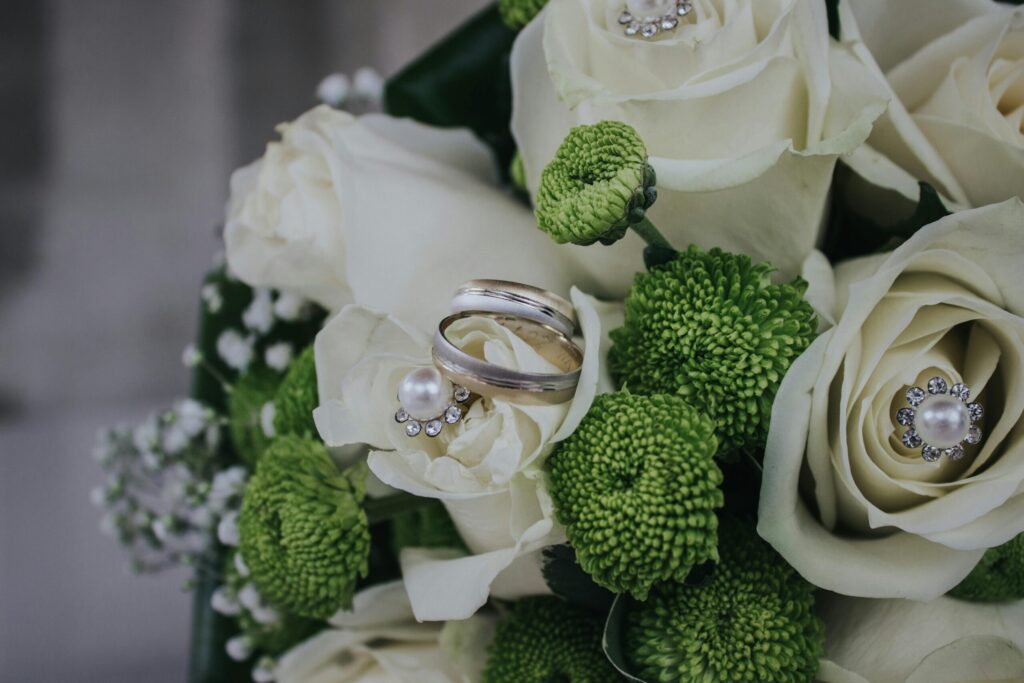Jewels, or gemstones, have captivated human beings for hundreds of years. These glittering treasures, created over millions of years beneath the Earth’s crust, are not only valued for their beauty but also for their rarity, cultural significance, and monetary worth. There are so many kinds of jewels, each with unique characteristics, colors, and where they come from. From the brilliant diamond to the enigmatic opal, there is a gemstone with a tale to tell.
Diamonds are the most renowned of all gems. Created under intense pressure and heat far below the Earth’s crust, diamonds are renowned for their brilliance and incredible hardness. Most commonly colorless, though sometimes blue, yellow, and even pink, diamonds are a symbol of purity and power and are most frequently incorporated into engagement rings and luxury jewelry.

Emeralds, with their vibrant green color, are linked to fertility, growth, and rebirth. These gems primarily occur in Colombia, Zambia, and Brazil. Emeralds are slightly less hard than diamonds and thus more susceptible to scratches, but their bright color renders them very valuable. Emperalds were widely valued by ancient cultures such as the Egyptians and Romans due to their appeal and religious uses.
Rubies are a deep red-colored stone representing love, passion, and power. Myanmar produces the best rubies, but they are also found in Thailand and Mozambique. Rubies owe their deep red color to chromium. Rubies are some of the most expensive gemstones in the world, usually going for a price that is higher than diamonds of the same weight.
Sapphires are generally associated with their dramatic blue color, although they occur in nearly every color other than red (which would be a ruby). They represent wisdom, fidelity, and nobility. Sri Lanka is most famous for its sapphires, although Kashmir and Madagascar also contain them. Blue sapphires are particularly suited to royal jewelry.
Amethysts are purple stones of quartz that have adorned religious and royal items for centuries. The stone is thought to bring calm, clarity, and spiritual insight. As valuable as rubies and emeralds, big deposits of amethyst have been found in Brazil, so today they’re more affordable.
Opals are really special because of their “play-of-color” — an occurrence when the stone shows several colors based on the direction of light. Opals occur primarily in Australia and are associated with creativity, hope, and emotional expression. No two opals are alike, so it is a favorite among those who like something that is unique.
Pearls, in contrast to other gems, are created within living things — oysters and mussels. They represent purity and innocence and are frequently used in elegant, traditional jewelry. Natural pearls are uncommon and costly, while pearls that have been cultivated are more accessible and cheap.
All in all, jewels are not just lovely pieces of ornamentation. Whether you love them for their looks or for their symbolism, every jewel has a tale to tell about nature’s creativity and mankind’s appreciation. From the passionate ruby to the calm pearl, jewels still captivate us, adding glint and meaning to our lives.




